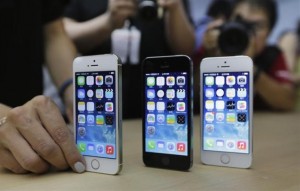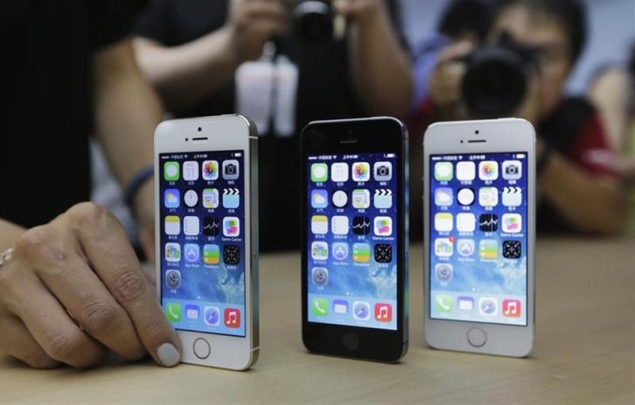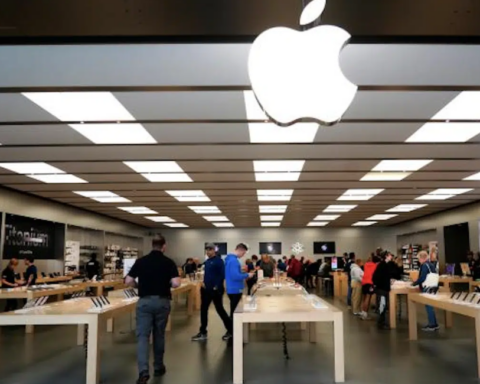 Lower-than-expected holiday iPhone sales and a weak revenue forecast by Apple Inc renewed fears about Chinese demand and a tepid global market, wiping 8 percent off company stock.
Lower-than-expected holiday iPhone sales and a weak revenue forecast by Apple Inc renewed fears about Chinese demand and a tepid global market, wiping 8 percent off company stock.
This year was to have been Apple Inc’s watershed moment in China, when a long-awaited deal with the nation’s largest carrier was to have propelled it back toward the top ranks of its most crucial market, clawing back ground from rival Samsung Electronics.
Instead, the forecast for the March quarter – when Apple is expected to have reaped the fruits of that long-awaited deal – raises questions of whether investors had over-estimated that arrangement, and broader concerns about flagging demand for smartphones and tablets in general.
“There’s no doubt that shipments (to China Mobile) are lower than almost anybody expected,” said Pacific Crest Securities’ Andy Hargreaves. Globally, “the high-end smartphone and tablet markets are saturated, and that’s not going to grow.”
The world’s most valuable technology company sold a record 51 million iPhones in the quarter, but that was still shy of the 55 million or so that analysts had expected.
The company forecast sales of $42 billion to $44 billion this quarter, brisker than usual because of Apple’s new deal to sell iPhones through China Mobile Ltd, the country’s No. 1 carrier. But Wall Street had expected even more – $46 billion, on average.
The company on Monday recorded sales of $57.6 billion in its December or fiscal first quarter, versus expectations for about $57.5 billion. Net profit was flat from a year earlier at $13.1 billion, or $14.50 a share, compared to Thomson Reuters I/B/E/S estimate of $14.07.
“After showing modest signs of improvement, we’re back to a no-growth outlook,” said JMP Securities’ Alex Gauna. “It’s something Apple needs to find an answer to… If it can’t prove that it’s going to be a growth story again, the valuation is too high.”
Chief Financial Officer Peter Oppenheimer told analysts on a conference call the March-quarter revenue outlook reflected the effects of a strong U.S. dollar, and more balanced levels of demand and supply for iPhones at the start of 2014 than a year earlier, when demand outstripped available inventory.
Source:NDTV






